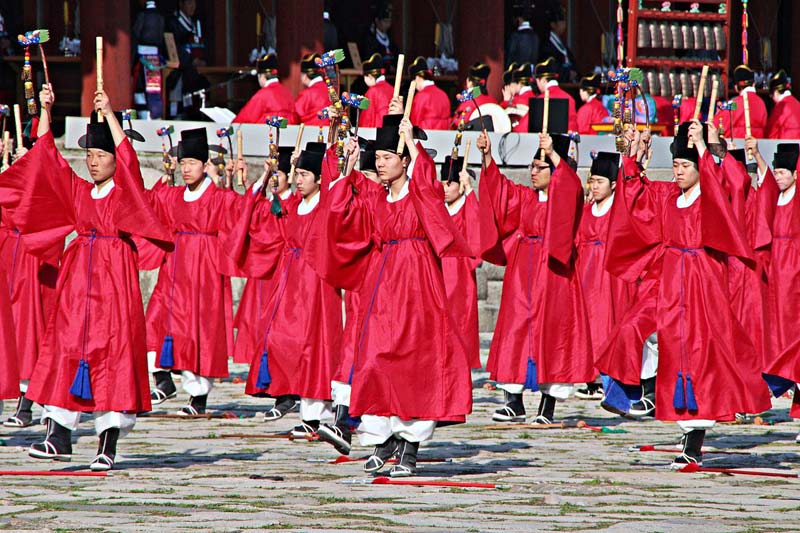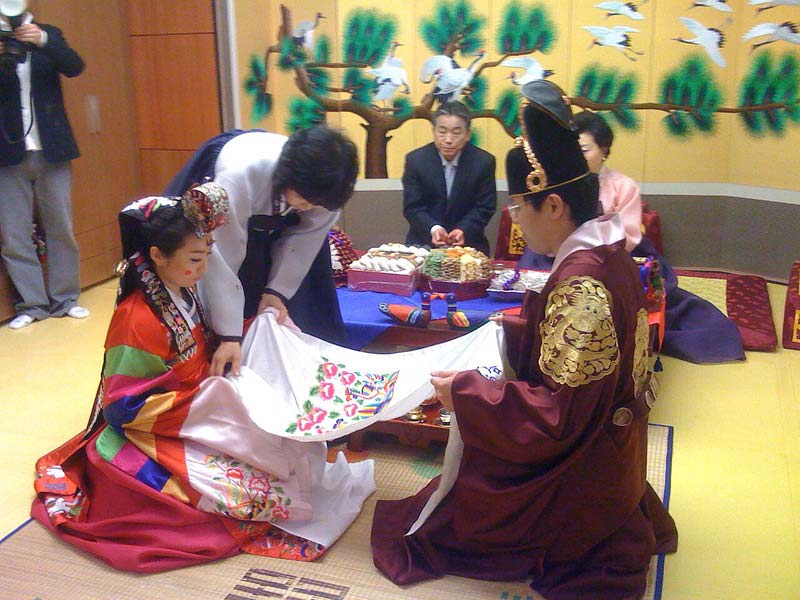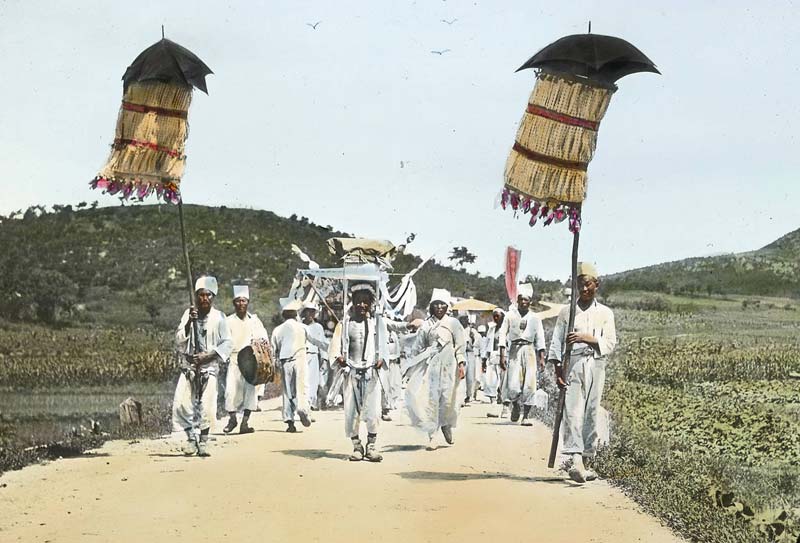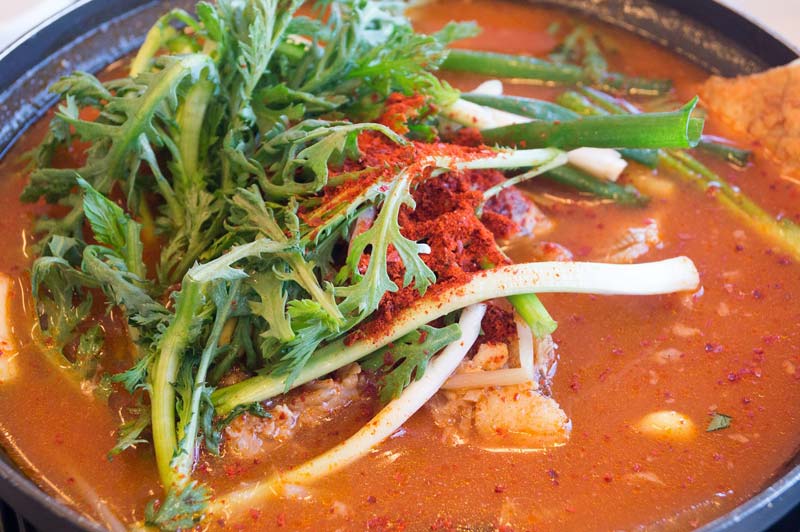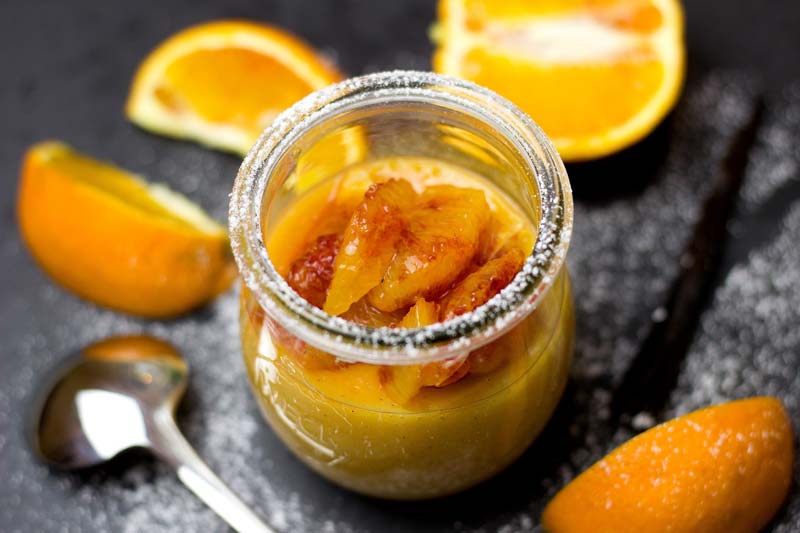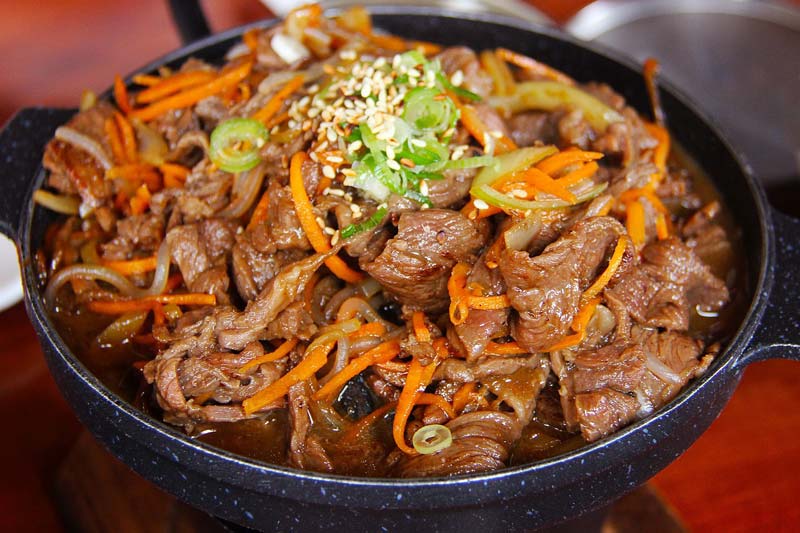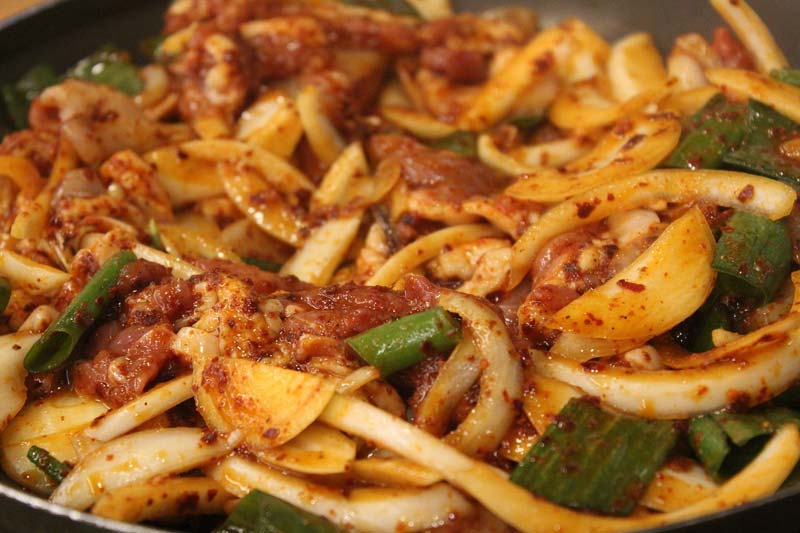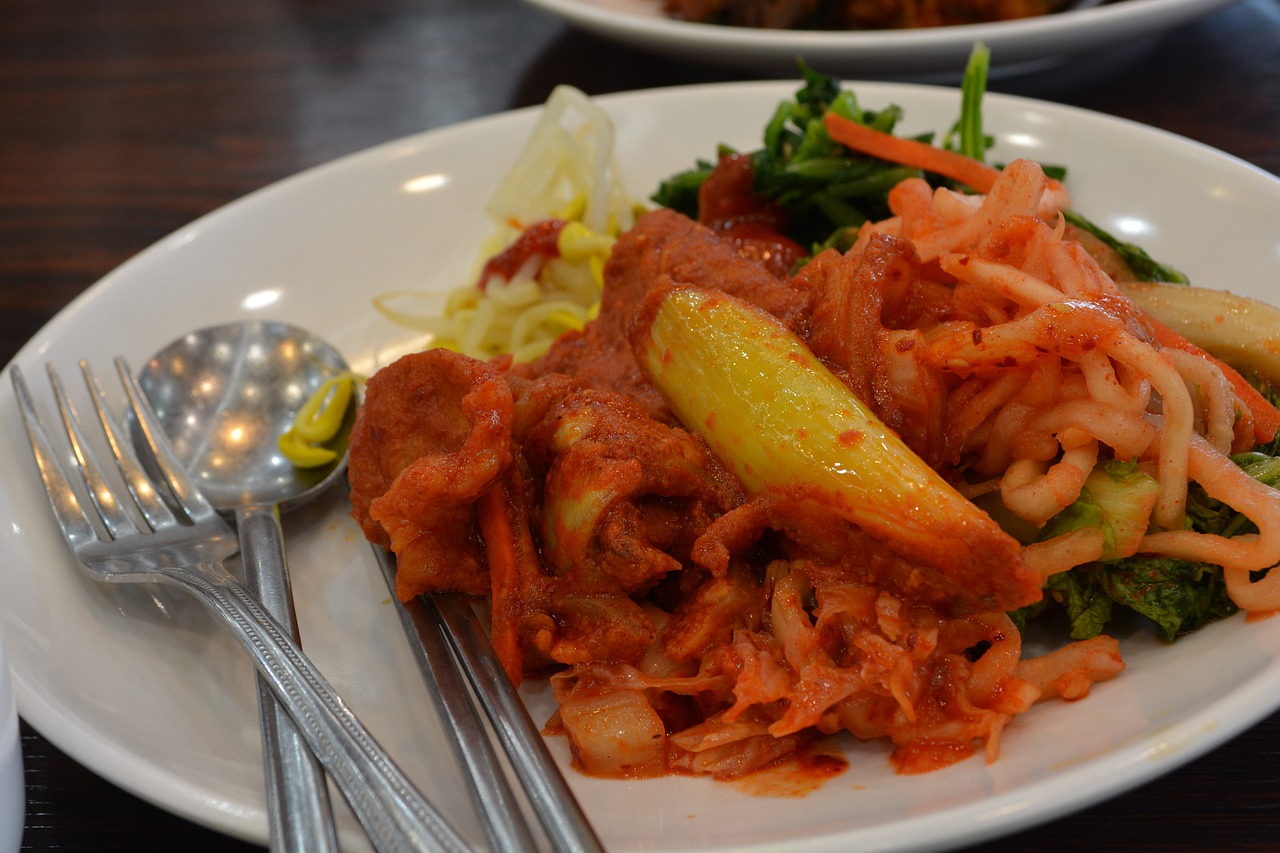GwanRye
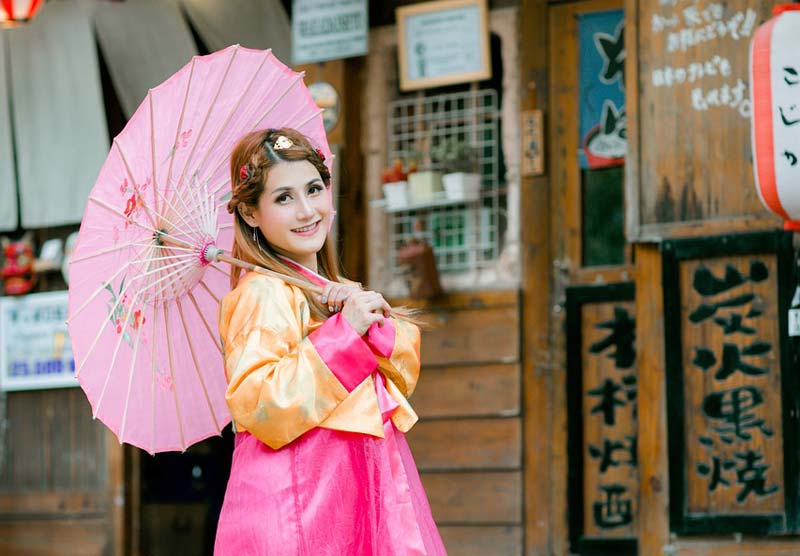
GwanRye (Coming-of-age ceremony)
This is a ceremony for becoming an adult, an event performed at the coming of one’s socially responsible age. In the old days of Korea, the ceremony was called ‘Gwan-Rye’ or ‘Gye-Rye’ according to gender of the subject. Gwanrye is the ceremony for young man, which is processed by tying hairs into a topknot and putting a traditional cylindrical hat on the subject’s head. Gyerye is for young woman, which is processed by forming a chignon and sticking ornamental hairpin into hairs. Gwanrye (or Gyerye) has been performed not only to celebrate reaching of maturity but to guide the youth to conducting good manners in social life and possess quality required as a matured person. Gwanrye is origin of the coming of age ceremony which is prevalent nowadays to socially acknowledge a juvenile’s becoming an adult.
Origin of Gwanrye
Gwanrye had been originated from China. Presumably the ceremony had been introduced into Korea together with Chinese etiquette in Korea’s three-kingdom era. The first record on performing Gwanrye, a Confucian ceremony for becoming an adult, is found at?History of Korea?written in AD 966. It is recorded that Gwangjong, king of Korea dynasty, clothed his son in ceremonial garment and anointed him as crown prince. In Euijong’s era, the 18th king of Korea dynasty, the description of ‘performed ceremony of clothing prince’ is also recorded.
Meaning of Gwanrye
Gwanrye was performed for youth aged from 15 to 20. An auspicious day, normally in January, was selected for the ceremony. If January was not proper, the first day of April or July was chosen. It was a formality giving youth responsibility as a grown-up. After getting through the formality, youth was expected to behave towards parents, brothers and society. It has worked well as a substantial ceremony.
Garment for Gwanrye
The ceremony was composed of 3 consecutive events, and garment for the first event included trousers, Jeogori (Korean jacket), vest and Jeonbok or Sagyusam, along with Bok-gun on head. For the second were added leather belt and shoes. Samo, official outfit, and Gwandae were worn in the third event. Female in the first event of Gyerye wore red skirt and yellow Jeogori, and in the second was clothed in Durumagi with Ayam on head. In the third event the subject put on Wonsam with Jokduri on head.
Procedure of Gwanrye
Parents, brothers and relatives of the subject gather to attend the three events of Gwanrye ceremony.
(1) Chogarye (first event)
This is processed through packing up hairs of the youth to tie a top knot. Female wore red skirt and yellow Jeogori on this occasion.
(2) Jaegarye (second event)
At the second ritual, a straw hat was put on the subject. Young woman wore skirt, Jeogori and Durumagi with Ayam on head.
(3) Samgarye (third event)
At the third stage, straw hat was taken off and Bokdu was put on instead. Female was dressed with Wonsam in addition to skirt and Jeogori, with Jokduri on head. When three events are finished, the art of ceremonial tea-making is demonstrated and tea is served to participants.
Gwanrye Food
Young man, the subject of Gwanrye, and his father report to shrine 3 days before the ceremony, bringing some food such as fruit, slice meat and wine. They lay the food before ancestral tablets, open the box containing ancestral inscription (Hondok), burn incense, present poured cup, and make two bows. They then kneel down before incensed table and read admonitory address in a loud voice. On the day of ceremony, they go through the mentioned three events and afterward they offer a feast for guests, in particular, for the one who presided over the formality. Various side dishes such as rice cake, noodle, fruits, sweet rice drink, fruit punch and wine are served at the feast.
(foodculture/foodculture2_1.jsp)
